America’s Political Culture and the Power of Protest
There’s something deeply ingrained in American political culture that sets it apart on the world stage—a fierce, almost instinctive reverence for free speech and the right to protest. While many nations claim to uphold democratic principles, the practical space for dissent and public demonstration varies widely. In the United States, these rights are not only protected by the Constitution but actively exercised by citizens who see protest as both a civic duty and a cultural expression.
Take a step back and compare it with India—another vibrant democracy, and one of the largest. Despite its democratic structure, freedom of speech there is often tempered by social sensitivities and historical trauma. You can be taken to court for remarks deemed offensive to a religious group. And there is context—India has lived through the scars of communal violence, including the horrific partition riots of 1947 that left deep wounds still visible in the national psyche. Maintaining social harmony is often prioritized, sometimes at the expense of absolute free expression.
America is different. Here, even the mere suggestion of sending federal troops into a civilian city—say, downtown Los Angeles—evokes not silence, but a response. Not just from legal institutions, which would examine the constitutionality of such a move, but from everyday citizens. Protest is not a fringe act—it’s mainstream. It’s a reflex.
That reflex is alive again.
In moments of national crisis or moral outrage, Americans don’t wait for permission to respond. They organize, march, speak out, and act. It happened after the murder of George Floyd in 2020. It happened after the 2016 election of Donald Trump, when millions poured into the streets across all 50 states, in demonstrations that were enormous in scale yet largely peaceful in nature.
And it is happening again.
We may be entering another summer of protests. One can only hope that this time, like before, the demonstrations are peaceful, imaginative, and inclusive. It’s not just about rage—it’s about resilience. And strategy.
Protest leaders and organizers must take note. There is power in preparation. Organize not just emotionally, but tactically. Train protestors in de-escalation. Make space for art, music, poetry, and powerful symbolism. Let marches become expressions not just of dissent, but of vision—what we do want, not just what we reject.
The American tradition of protest is not a disruption of democracy—it is democracy, in its most vital, most visible form.
And in that sense, it might just be one of the most patriotic things a person can do.
1/
— Paramendra Kumar Bhagat (@paramendra) June 10, 2025
There’s something deeply unique about American political culture:
🇺🇸 Free speech isn’t just a right—it’s a reflex.
🇺🇸 Protest isn’t fringe—it’s foundational.
Let’s talk about what makes the U.S. so different. 🧵
.@RepRoKhanna unveiled a progressive plan to cut the deficit by $12 trillion and enable investment in "essential programs for ordinary Americans." https://t.co/EeJ1G2NrXf
— Common Dreams (@commondreams) June 10, 2025
Meet The Iranian Immigrant Who Became A Biotech Billionaire https://t.co/YXWLC9eAKO #SelfMadeWomen
— Forbes (@Forbes) June 10, 2025
President Trump announces the U.S. will rename several forts to restore their Confederate names:
— The Recount (@therecount) June 10, 2025
• Fort Pickett
• Fort Hood
• Fort Gordon
• Fort Rucker
• Fort Polk
• Fort A.P. Hill
• Fort Robert E. Lee pic.twitter.com/1nmt0e5R91
Side hustle mindset:
— R Dilip Kumar (@dkspeaks) June 10, 2025
• Done is better than perfect
• Start small
• Improve fast
• Build in public
You’ll thank yourself in 6 months.
wrote a new post, the gentle singularity.
— Sam Altman (@sama) June 10, 2025
realized it may be the last one like this i write with no AI help at all.
(proud to have written "From a relativistic perspective, the singularity happens bit by bit, and the merge happens slowly" the old-fashioned way)
Can President Trump replace Fed Chair Powell? My take on the key details. pic.twitter.com/ubz5aBOyHX
— Ken Fisher (@KennethLFisher) June 10, 2025
Tomorrow I’m co-hosting a private dinner for a dozen mobile app founders in NYC
— Hunter Isaacson (@hunterjisaacson) June 10, 2025
Our group collectively generates $100M+ ARR and many of the top consumer app founders will be there
We have a few spots left so DM me a link to your app and relevant stats if you want in
Maddow Blog | As Trump melts down over L.A. protests, Americans prep for nationwide ‘No Kings’ rallies That question will be answered not by Trump or his actions, but by the people of this country. And so the most important story of our time is this one: What is this country going to allow him to do? .......... This is an attempted authoritarian overthrow of the United States Constitution and the U.S. government. This is the attempted imposition of a dictatorial regime. ....... The answer won’t come from the White House; it will come from the streets, the courts, the states and in Congress. The strength of the movement against Trump is what will determine our fate as a country. Because what we’re seeing over and over again is that organizing against him works. Fighting him in court works. Pushing back works. Protesting in the streets works. ......... On Friday, large-scale protests broke out in Los Angeles over the administration’s militarized immigration raids. By Saturday, Trump was fulminating against those protests and announced he would federalize the National Guard, the first time a president has done that against the wishes of a state’s governor in 60 years. (When it was done 60 years ago, it was to protect protesters, not to threaten them with military force.) .......... The response of the American people to that move is exactly what you would expect: In Los Angeles, bigger protests than ever, and across the country, solidarity protests in Atlanta; Baltimore; Boston; Chicago; Tampa, Florida; Raleigh, North Carolina; and in Washington, D.C., outside the Justice Department headquarters. ......... this coming Saturday, we will likely see the largest protests yet against Trump and his administration. As the president holds his military parade in Washington, people across the country are set to take part in what organizers are calling the “No Kings Day of Defiance.” More than 1,800 rallies are planned nationwide — peaceful, organized and united.
......... What we are seeing right now in California is a president panicking. Since polling began, we have never in the history of the U.S. presidency seen a president who is less popular than this one at this point in his presidency, and we have never seen a president less politically equipped than this one to turn that around. ......... Someone convinced Trump that attacking immigrants would work for him, that the American people would love it; that the crueler he was, the more political capital he would accrue. Instead, the opposite has happened: In town after town, school after school, city after city, it has run him into a wall — and he has no idea what to do. .......... Remember, in Trump’s first term, when he reportedly suggested nuking hurricanes to stop them from hitting the U.S.? Now in his second term, he’s trying the equivalent: Trump has no idea what to do with the sustained, growing, intractable and indomitable protest and opposition of the American people against him, so he's decided to try to stop it by using the Army......... What we’re learning, now more than ever, is that the movement against Trump is unstoppable.
Vivek Ramaswamy Says Gavin Newsom Is 'Starting to Resemble' George Wallace: 'The Parallels Are Actually Pretty Striking If You Think About It' https://t.co/a2BvEWikCb
— Mediaite (@Mediaite) June 11, 2025
The house self-proclaimed “Christian Leader” suggesting a governor should be tarred and feathered. I wonder if he understands that method of torture & extrajudicial punishment that isn’t quite aligned with our nation’s rule of law. https://t.co/Vo2uzdXpPr
— Mark Hertling (@MarkHertling) June 11, 2025
Note that she’s signing without reading!! https://t.co/ARONivo5k3
— Jill Wine-Banks (now on Threads and Bluesky) (@JillWineBanks) June 11, 2025
Among the 50 GOP lawmakers surveyed by POLITICO, only six said they planned to stay in Washington this weekend for Trump’s big parade. GOP leaders in both chambers said they’re not attending.
— calen razor (@calenrazor) June 11, 2025
New one w @Reporter_Mia @lisakashinsky https://t.co/AHYkulWsPF


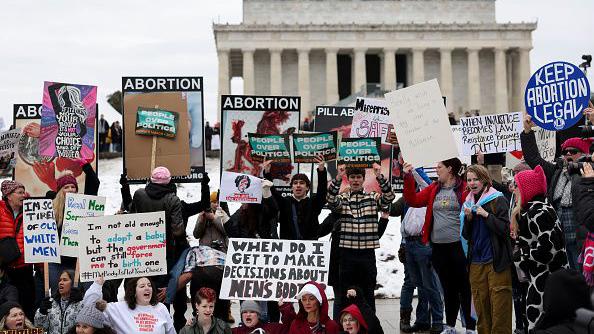



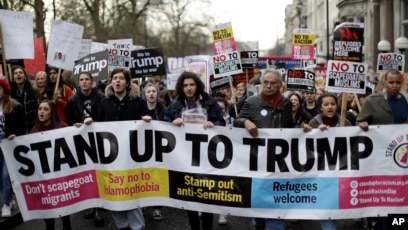



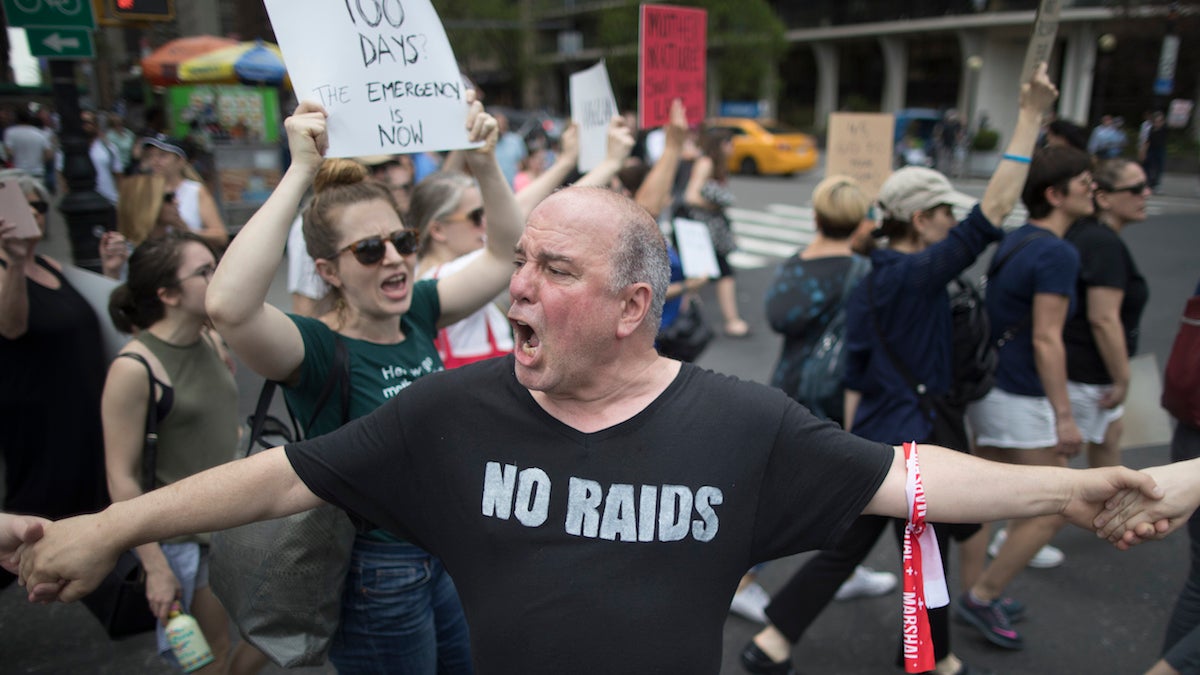
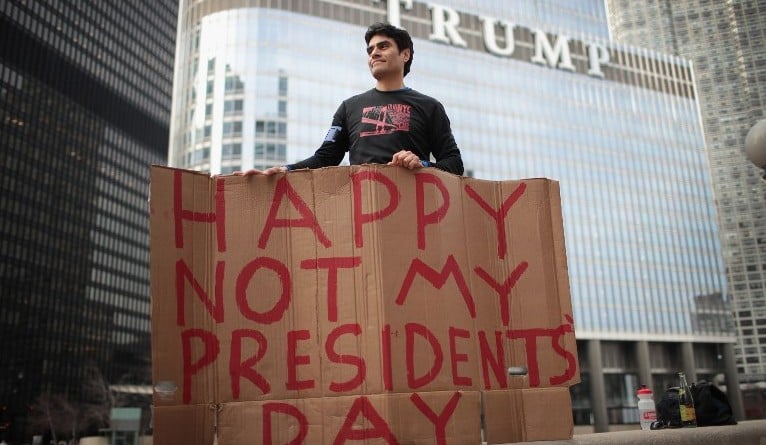
.jpg)
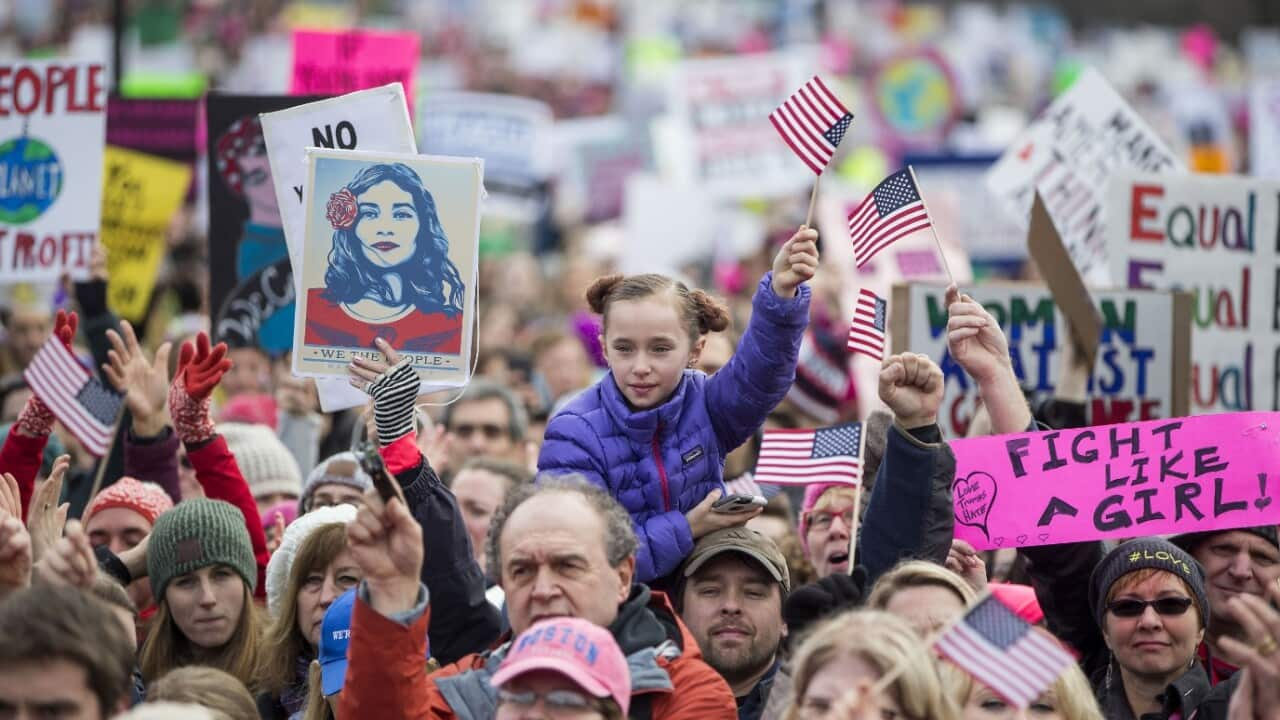


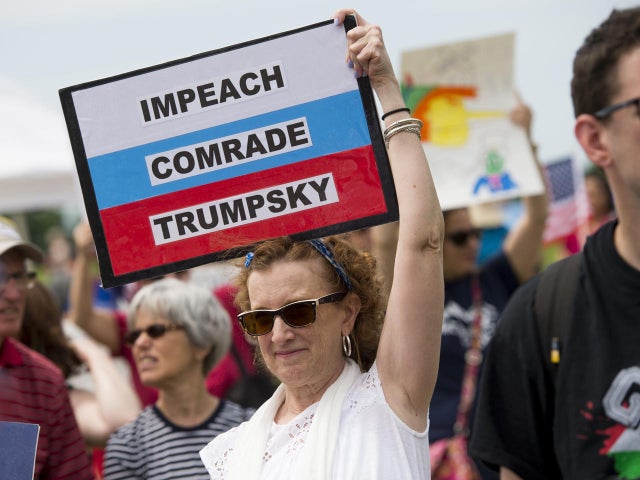


No comments:
Post a Comment